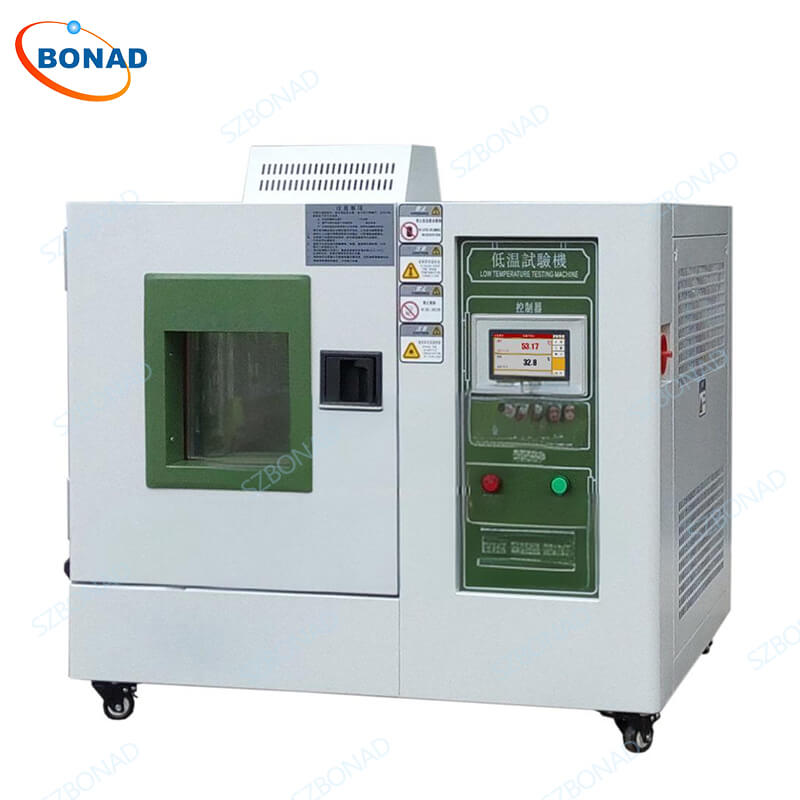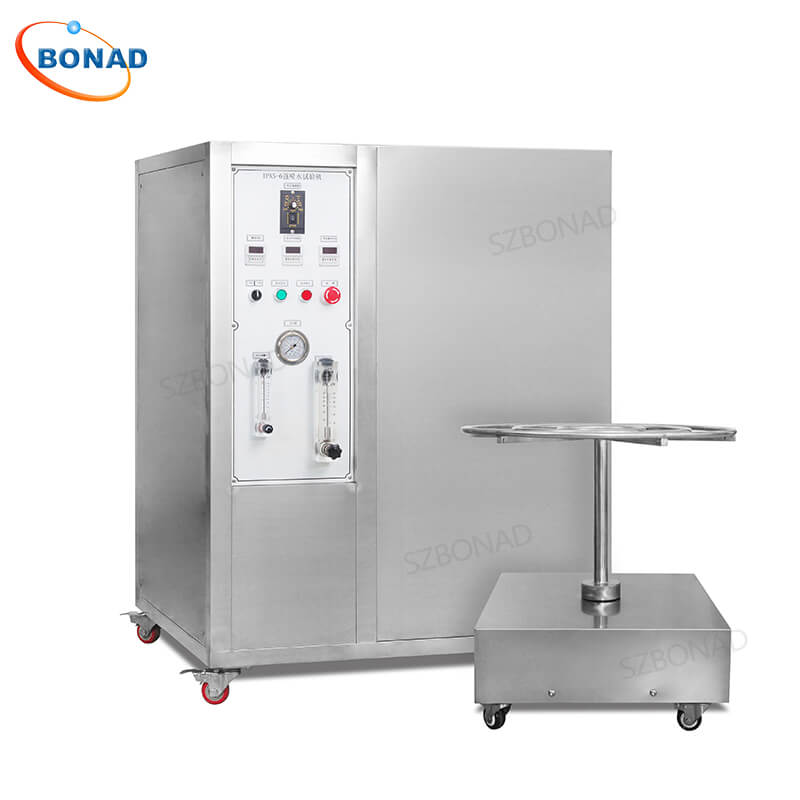Proper maintenance of your small environmental test chamber is non-negotiable for reliable results, extended equipment life, and operational efficiency. Neglecting upkeep risks inaccurate tests, costly repairs, and premature failure. This guide details three critical maintenance pillars: routine cleaning, regular inspections, and professional calibration.
1. Routine Cleaning & Upkeep
Prevent contamination and ensure optimal airflow:
- Interior Cleaning:
- Always power off and unplug the chamber first.
- Remove shelves/trays; clean separately with mild detergent and soft cloth.
- Wipe spills immediately to avoid residue buildup.
- Dry surfaces thoroughly to prevent mold or corrosion.
- Exterior & Vents:
- Dust exterior surfaces weekly with a dry cloth.
- Keep vents/openings unobstructed for proper airflow.
- Clear clutter around the chamber to reduce dust intake.
- Condenser Coils:
- Inspect monthly for dust accumulation.
- Gently clean coils with a soft brush or vacuum—never use water.
- Ensure 6–12 inches of clearance around coils.
2. Regular Inspections
Catch issues early to avoid breakdowns:
- Door Seals:
- Check for cracks/wear; test seals with a smoke leak test.
- Clean seals with mild detergent; replace if damaged.
- Electrical Components:
- Inspect wiring for fraying or overheating (discoloration/burnt smells).
- Secure loose connectors; test switches/controls monthly.
- Sensors & Probes:
- Verify calibration quarterly; clean probes after contact with samples.
- Compare readings against known standards.
- Moving Parts (Fans, Motors):
- Listen for unusual noises/vibrations.
- Lubricate bearings and inspect belts per the manufacturer’s schedule.
3. Calibration & Professional Servicing
Guarantee precision and compliance:
- Calibration:
- Schedule annual calibration (semi-annual for intensive use).
- Use certified providers and document all results.
- Validate accuracy post-calibration with reference tests.
- Software Updates:
- Install updates promptly; back up data first.
- Monitor performance after updates for anomalies.
- Annual Servicing:
- A qualified technician should inspect refrigeration, electrical systems, and sensors.
- Repair/replace worn parts to maintain efficiency.
Conclusion
Consistent maintenance of your small environmental test chamber—through daily cleaning, monthly inspections, and annual calibration—ensures decades of reliable service, accurate data, and ROI protection. Never compromise on upkeep; it’s far cheaper than unexpected downtime.



